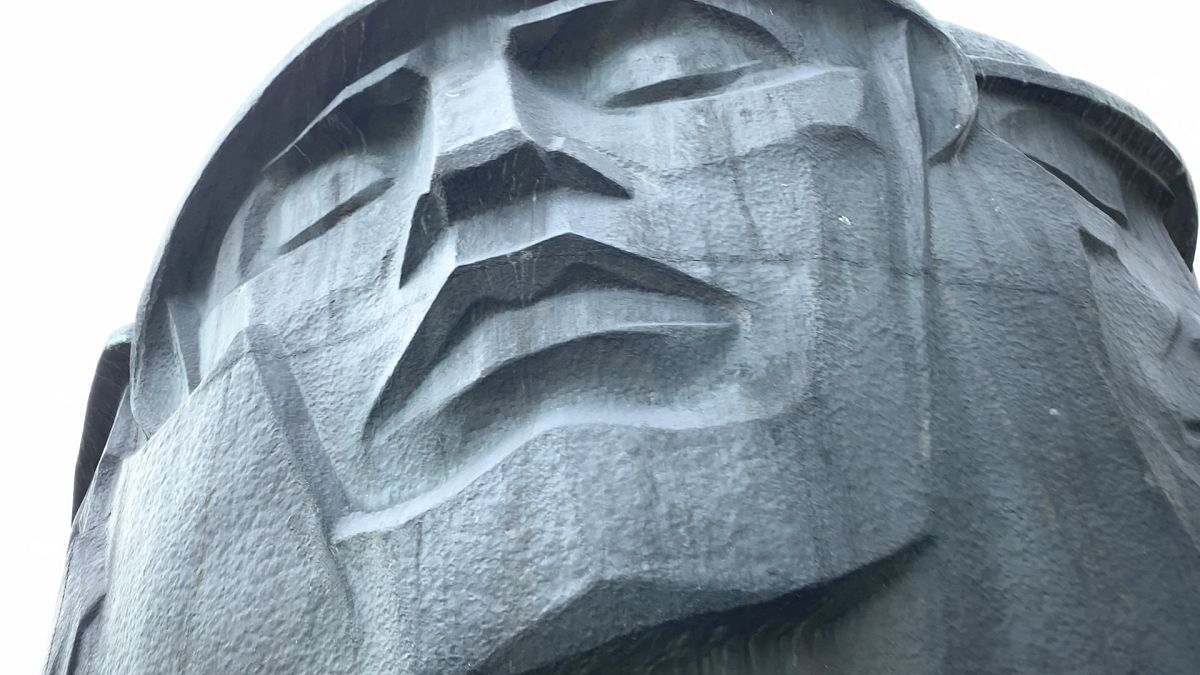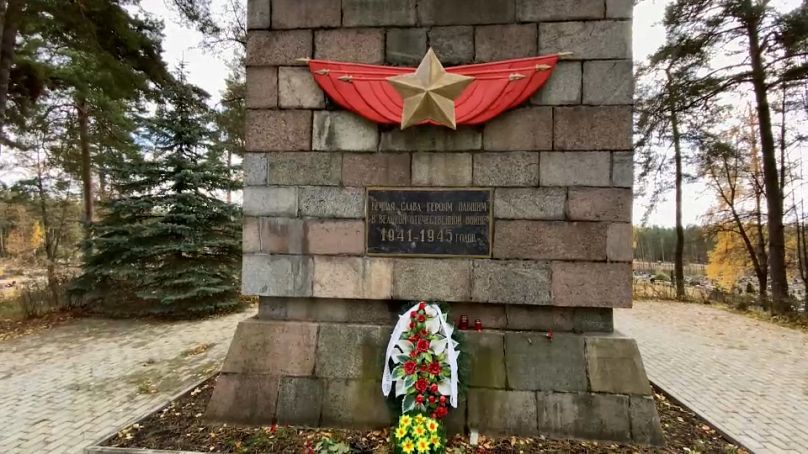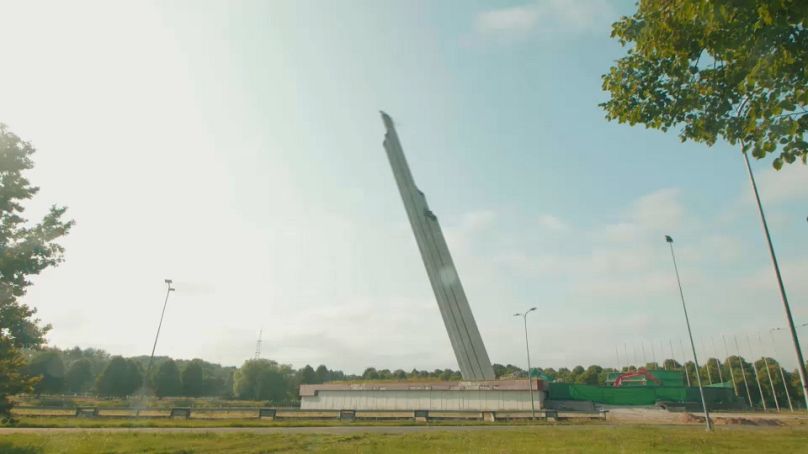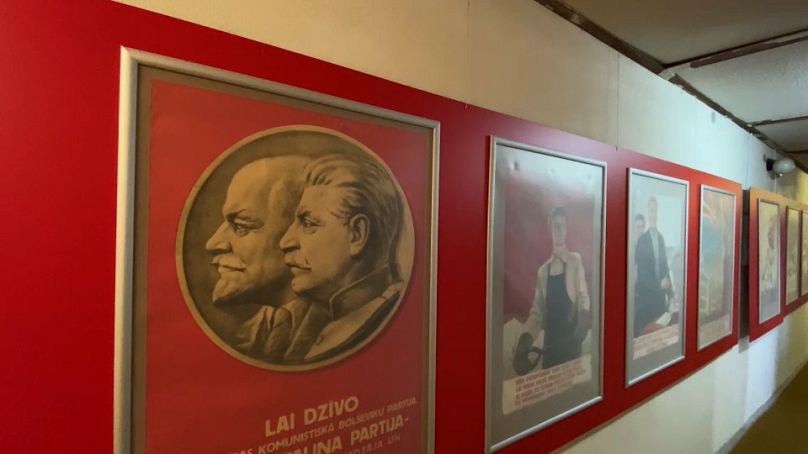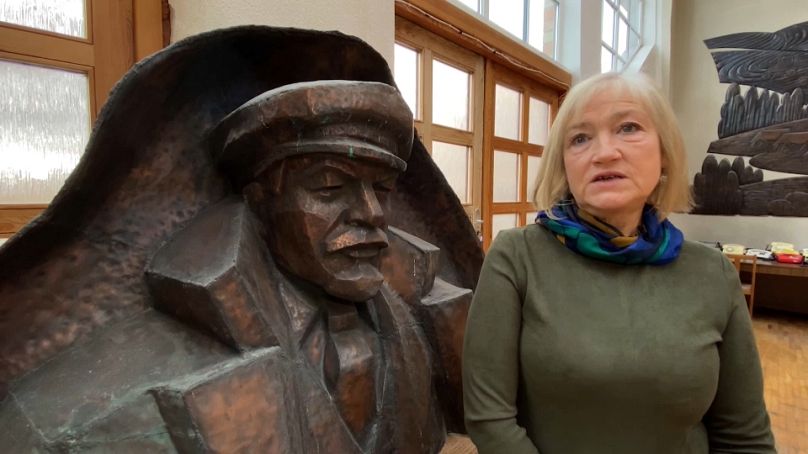A debate is raging in Latvia following a law allowing the demolition of Soviet-era monuments. Do they represent political propaganda or sites of historical importance?
Monuments erected during Soviet rule are currently at the centre of an intense debate in Latvia. That is despite a recent law that was implemented a few months ago, allowing the systematic dismantling of many of them.
Some of these monuments represent memorial sites documenting part of their history, but others represent symbols of Soviet-era propaganda. Unease over its Russian neighbour´s expansionism, Latvia voted for the law, which compels city councils to destroy monuments glorifying the Soviet regime, following the invasion of Ukraine.
But monuments in graveyards, containing human remains or assessed as cultural landmarks are still protected. Although, things are far from that simple near the border with Belarus and Russia.
Daugavpils has three large Soviet monuments and a sizeable ethnic Russian majority. Labelled a "propaganda site" by Government experts, this tribute to World War Soviet soldiers is earmarked for destruction.
A decision that has dismayed many Russian-speaking locals, including Igor Prelatov, a member of the Daugavpils City Council.
"A soldier is a soldier. The war sets things clear. What happened, happened. The monument was built in gratitude to someone. If we go back to history, whose territory this was... there may be a lot of discussions, we can talk about it endlessly. In my opinion, by taking down the monuments we erase history."
One of the city’s prominent Soviet memorials is certain to escape dismantling, as it contains human remains, but even here local historians have differing points of view.
Henrihs Soms, is a Professor Of History, the University Of Daugavpils.
"The monument itself does not cause differentiation in the society. What causes division is how this monument is being exploited by different groups and political organizations."
The memorial is also one of the city’s tourist milestones. Local guide, Vika Valuyeva, thinks there are always alternatives to the destruction of Soviet landmarks, however extreme they might seem.
""We can repaint it. Or make it an art object. We propose to make rainbow colours. At least then we could always can have a rainbow in our town."
While many locals Euronews spoke to seemed to oppose the knocking down of the monuments, some, such as Aivars Broks the Director of the Daugavpils Musical School, were unequivocal in there desire to see them removed.
"The sooner we get rid of them, the better. And as for evaluating some monuments maybe glorifying the occupation, while others do not... this is grotesque. The Soviet power came here voluntarily and left the signs saying, "we are here". Therefore, I feel they have to be removed."
Things are very different in Riga, the country’s capital. These last months local authorities here have not hesitated to dismantle their last remaining Soviet monuments.
Authorities say the country’s biggest World War II memorial had turned into a meeting ground for those pining for Latvia’s Soviet past and eventually for pro-Russia ultra-nationalists.
Riga doesn´t want any more symbols of totalitarianism, especially following Russia´s invasion of Ukraine, says its Mayor Martins Stakis.
"The first idea, was to rename it. Or to give it a different meaning. But what happened after this initiative is that people started to donate in order to take this monument down. And these donations covered all the expenses to demolish it."
Some monuments labelled as historic or cultural landmarks could end up at the Museum of the Occupation of Latvia. Its permanent exhibition provides background for Nazi and Soviet domination of the country.
"These memorials always offended the victims. The victims are among us. Survivors are among us. And, what should these people feel when they see figures and statues of Soviet soldiers branching weapons?" Says Gints Apals an advisor at the museum.
Councils around Latvia have submitted dozens of monuments for their storage or exhibition at the museum. Each one is carefully considered, but it can be a painfully complex process, as Gint explains.
"You see a very benign, yeah, benign object. Such a nice face. But actually this person is a terrorist. A Soviet terrorist who killed civilians in 1943. Including children. But I personally would support this being in the museum. Because the story behind this small monument is very precise and personal."
Stirring up pro and anti-Russia sentiments across the country, the conflict in Ukraine seems to have further complicated the debate.
This small town of Aizkraukle has a Museum of the Soviet lifestyle. Even the toilets date from the period.
The museum's Director, Dzintra Cepure, thinks that cultural spaces like this could help provide a solution to ongoing national debate.
""I think the older generation is more worried about the issue of these monuments and they want to get rid of them. The younger generation does not understand that time.
The context of the monuments is quite incomprehensible to them. So I think that as examples of totalitarian art they could indeed be collected in one space where we could take visitors and provide them with the contextual explanations".
